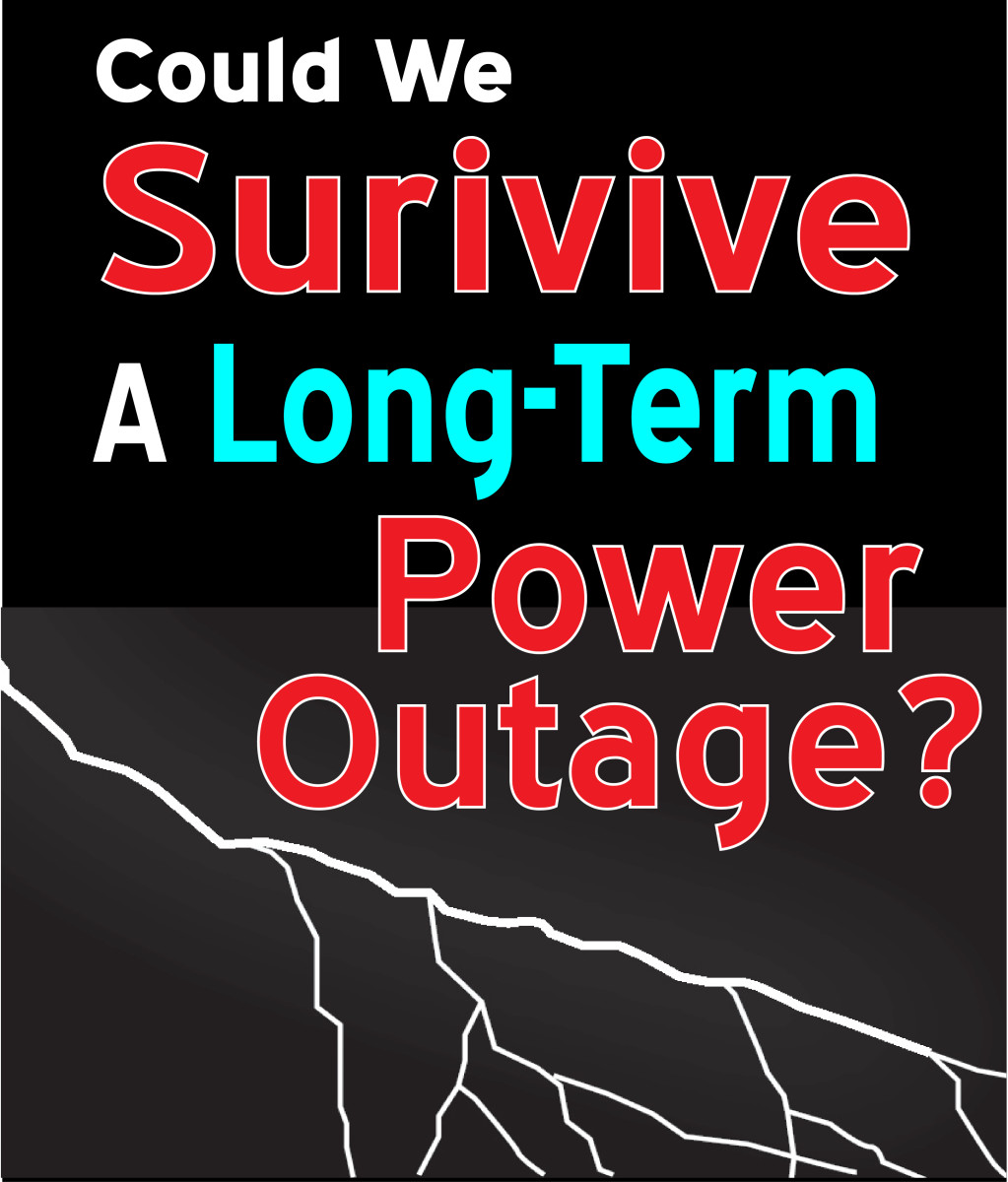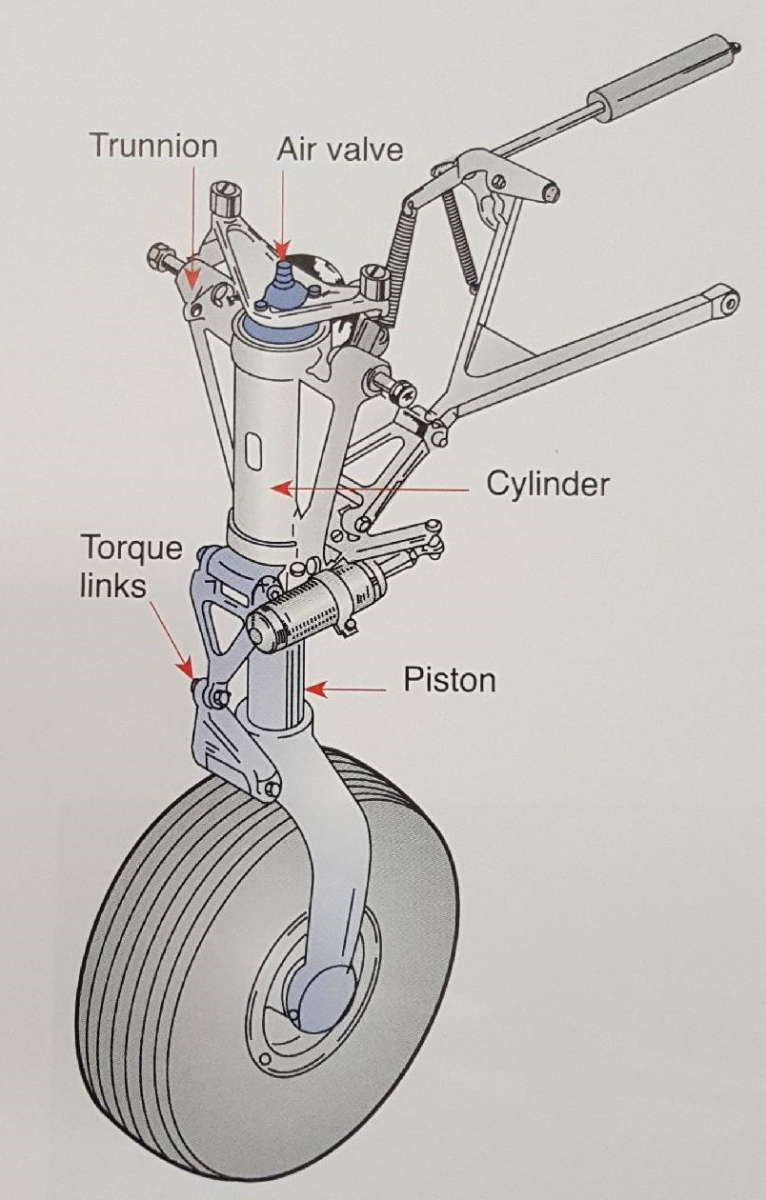How To Build A Floating City
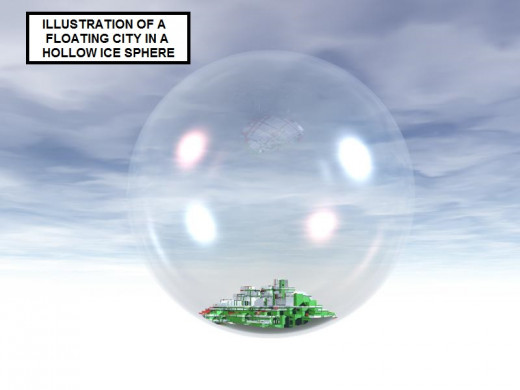
Floating cities can be built, in hollow spheres of ice.
A floating city can be built if you have a large supply of helium, or some other lighter-than-air gas. You'd simply build a huge vessel, (a vessel large enough to hold an entire city) and fill the upper part of the vessel with helium, and let it float into the air. That's the same principle behind the design of airships, blimps, and zeppelins, but all that helium would get awfully expensive, so we must consider using hydrogen as an alternative to helium. Hydrogen can be made from water. Water is known as H2O, which means that water is made from hydrogen and oxygen. It is possible to remove the hydrogen from water by using a process called electrolysis. In electrolysis, electricity is passed through a container filled with water, and the electricity removes the hydrogen atoms from the water molecules. The hydrogen can then be compressed an stored.
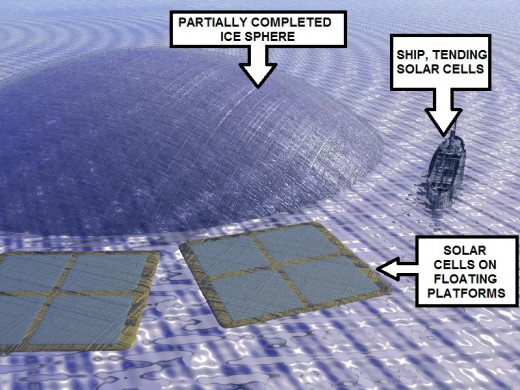
The illustration above shows a hollow sphere made of ice, floating in the ocean. The floating city will be built in the bottom of this ice sphere. Ice is used as a building material because it is cheap and abundant. You can make ice wherever there is a lake or an ocean, and since ice is nothing more than frozen water, it is one of the cheapest building materials in the world. The illustration above shows several solar cells floating in the ocean around the ice sphere. These solar cells are installed on large floats made of styrofoam, or some other lightweight material. The purpose of these solar cells is to convert sunlight into electricity, and the electricity will be used to provide power to a refrigeration plant that will freeze the sea water, so the ice sphere can be constructed. The electricity is used for more than just freezing the water. It is also used to provide power for electrolysis. Some of the electricity produced by the solar cells goes to an electrolysis plant, that removes hydrogen from sea water. The hydrogen produced by the electrolysis plant is stored inside the ice sphere.
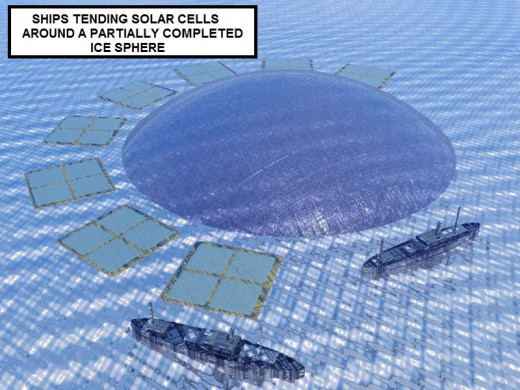
The illustration above shows how the construction site would look, while the floating city is being built. Solar cells floating in the water provide electric power to the refrigeration plant that freezes the water and turns it into ice, the solar cells also provide power to the electrolysis plant that removes hydrogen from water. The refrigeration and electrolysis plants may be located in the ships that are floating near the ice sphere.
Since hydrogen is lighter than air, the ice sphere will float, when it is filled with hydrogen. At this stage of construction, however, the ice sphere is not floating in the Earth's atmosphere yet, it is still partially submerged in the ocean. As more and more hydrogen is produced, the ice sphere is made larger and larger.
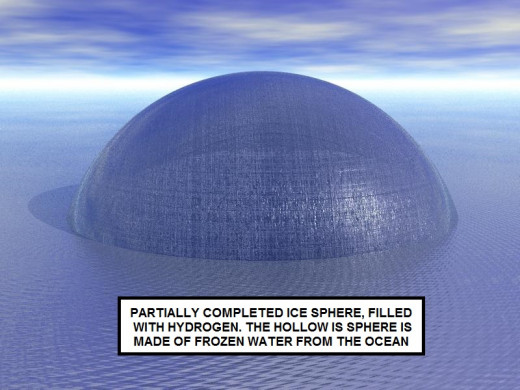
The illustration above shows the ice sphere floating in the sea. As the sphere is made larger, it floats higher and higher in the water.
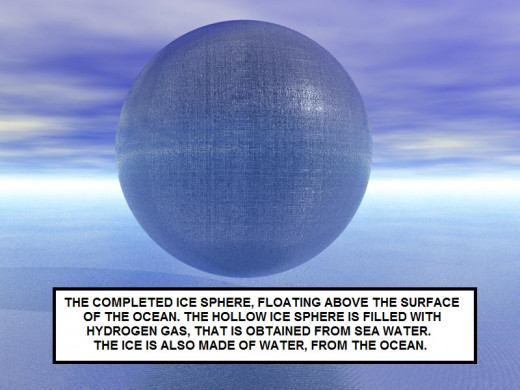
When the ice sphere has been built to the required size, it is ready to leave the ocean. The completed sphere rises out of the ocean and floats upwards through the Earth's atmosphere. At this stage, it is not completed yet, the buildings in the bottom of the sphere have not yet been installed. At this point, the only thing in the bottom of the sphere is a refrigeration plant. This is necessary to keep the ice frozen, while the sphere is floating at low altitude. When the ice sphere reaches a higher altitude (i.e., when it reaches the stratosphere) it will no longer need the refrigeration plant, since the temperature in the stratosphere is always cold enough to keep ice frozen. When this stage is reached, the refrigeration plant can be disassembled and jettisoned, and the components of the plant will float down to Earth, on parachutes.
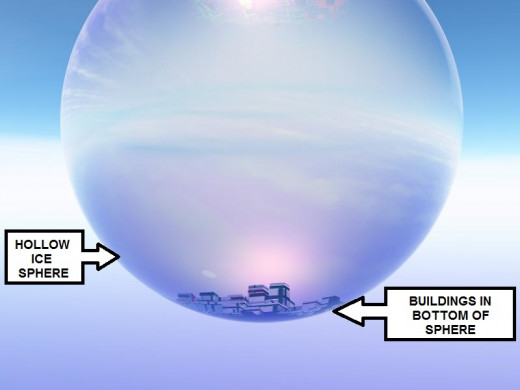
The illustration above shows how the sphere would look after a few buildings have been installed in it. The prefabricated buildings may be flown up to the sphere by helicopters or by helium balloons, and then installed in the sphere. The ice sphere may be regarded as a permanent city, as it floats in the air. There is no reason why it would ever melt. Consider the ice cap that's on top of Mount Everest, the world's tallest mountain. It never melts, since the temperature at that altitude is always cold enough to keep ice frozen. There is no reason to believe that a floating city made of ice couldn't stay in the air forever, considering the fact that the air gets colder as you go higher up.
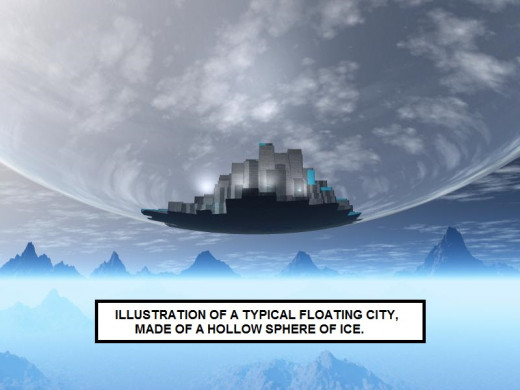
So, the only question is, why would you build it? Well, as the Earth gets more and more crowded, and as life in cities gets more expensive, it may actually be cheaper to build a city in the sky than it is to build one on the Earth's surface. Another reason is nuclear war. If a nuclear war occurs, entire continents may be polluted with radioactive fallout. Building a floating city high up in the sky would be one way to escape the fallout.
Anthony Ratkov, March 25, 2015

